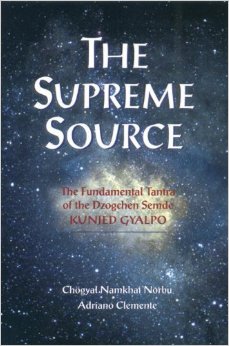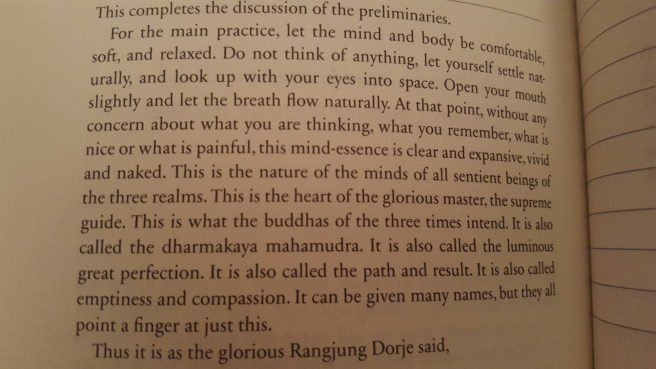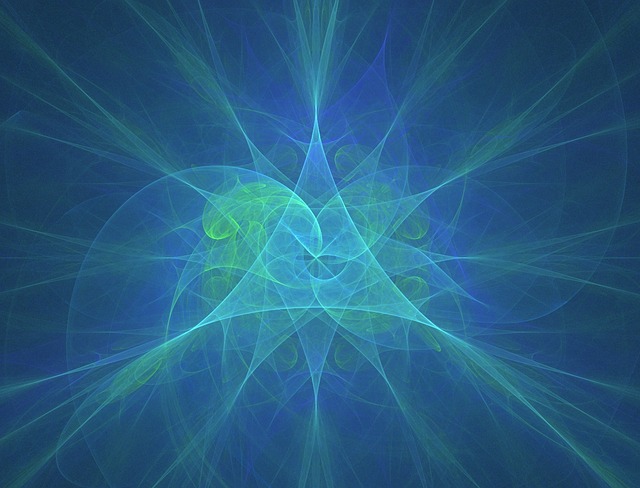
Here are some more verses from the Kunjed Gyalpo (The Supreme Source), one of the most important texts in Tibetan Buddhism and Dzogchen. These words point the reader directly towards Enlightenment. See my earlier posts on the Kunjed Gyalpo here and here.
In the except below the first section initially directs us to listen to these teachings and realise the inherent liberation that is already present ‘without needing to alter anything’.
The second section indicates there is no need for special practices, or to speak or act in a particular way in order to get this.
In fact, as per the third section below, in trying to find your ‘authentic condition’ (which is self-liberation), you deny it and prevent liberation manifesting itself.
Listen!
As I am in the authentic condition,
all phenomena self-liberate in the fundamental nature.
Without needing to alter anything,
the teacher self-liberates in the fundamental nature.
Without needing to alter anything,
the teacher self-liberates in the fundamental nature.
Without needing to alter anything,
the retinue of disciples, too, self-liberates in the fundamental nature.
Listen!
As all self-liberates,
there is no need to correct the body posture or visualise a deity.
There is no need to correct the voice or speech.
There is no need to correct the mind through meditation.
By correcting oneself,
it is not possible to find the authentic condition,
and without finding the authentic condition,
one cannot self-liberate.
In this way one does not achieve the state of equality of the fundamental nature.
Excerpt from The Supreme Source (Kunjed Gyalpo), Chapter 29
So, what are we to do? We are essentially told that ‘you are already realised’ or ‘you are already whole’, but perhaps we don’t feel realised or whole.
We are told that no practice can take us to where we already are, but then what do we do?
The Kunjed Gyalpo exhorts us to listen to these teachings, absorb them, and see their truth directly!
But how to do this, the spiritual seeker asks.
There is no how, for in asking how you have already posited and given reality to the separate self that is looking for answer, that is looking to get somewhere. By asking how, there is already the implication that this is not it. But this is it!
The Supreme Truth and the way to it cannot be described. Only wrong ways can be described, hence the language is of negation – ‘no need to correct’….’By correcting oneself…one does not achieve’. The scripture tells us what not to do, not what to do.
The ancient method is to first listen (sravana) to the teachings repeatedly, then secondly to contemplate them and think them over (manana). This helps to develop an intellectual understanding of the teachings first, following which meditation and integration of the teachings (nididhyasana) can occur. This can occur gradually, or perhaps suddenly, without warning, a moment of clear seeing arises and the teachings that were once theoretical suddenly spring to life.





